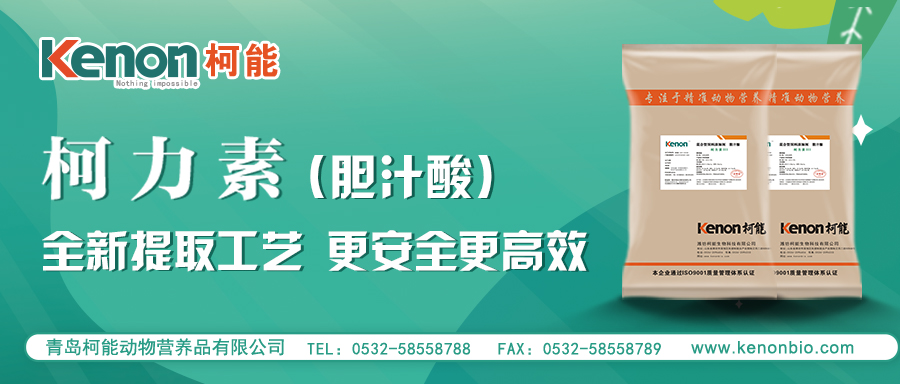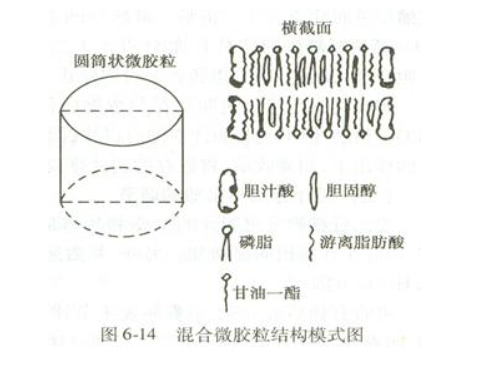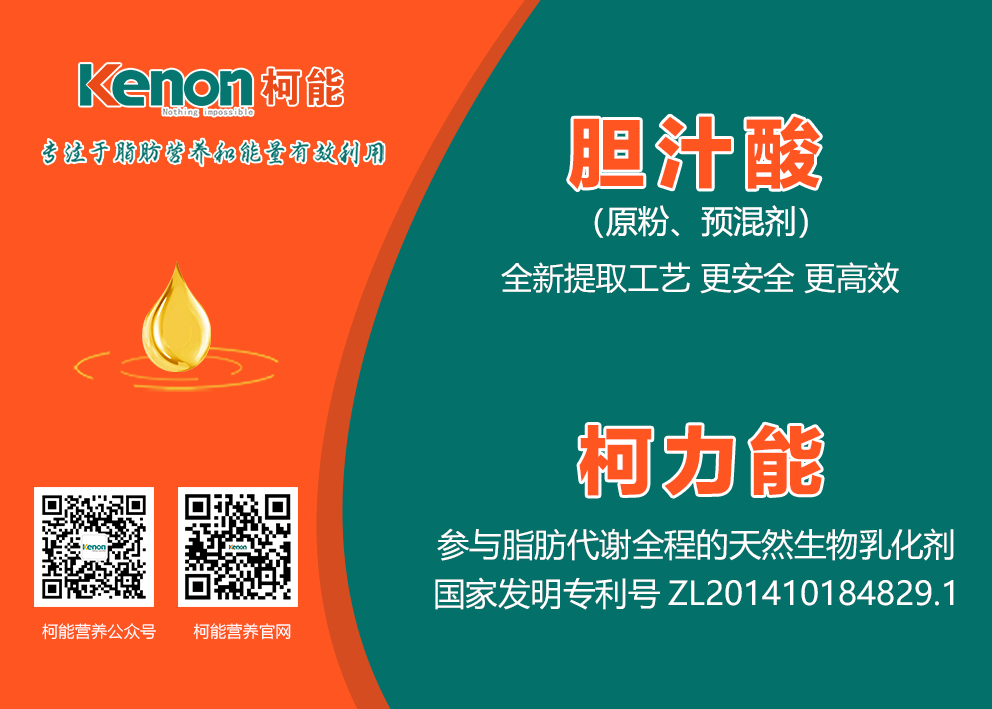
1、Static water layer: a barrier for lipid absorption
When the biofilm or cell surface is immersed in a solution, there exists a phenomenon of water-The concentric water layers extending from the lipid interface are unbalanced with the rest of the water phase, thus forming a relatively stable interface called the "unstimulated water layer", also known as the still water layer.
The intestinal hydrosphere refers to a layer of stagnant water located on the surface of the epithelial cells of the intestinal wall. The brush like edge membrane of intestinal cells is separated from a large amount of fluid in the intestinal lumen by a static water layer, which mixes poorly with the body fluids in the intestinal lumen. Therefore, solute molecules in the body fluids need to diffuse through the static water layer to enter the brush like edge membrane. For any molecule, its absorption by the small intestine depends on the number of molecules that can be absorbed near the brush border membrane. Therefore, the intestinal hydrosphere is a crucial structure that plays a vital role in the absorption and transport of substances. The presence of a static water layer allows water-soluble substances to pass directly, while fat soluble substances are difficult to pass through due to the immiscibility of water and fat; If lipids are not specially treated, their absorption rate is usually only 1-3%. The assistance of bile acids is needed to transport lipid substances through the still water layer.
2、 Bile acids crossing the still water layer
Bile acids play a crucial role as transport vehicles in this process, loading lipids into water-soluble micelles and crossing the still water layer.
Bile acids are amphiphilic molecules. In the small intestine, the non-polar groups of bile acids polymerize the digestion and decomposition products of lipids (such as fatty acids, glycerol, etc.) as well as fat soluble vitamins (such as vitamins A, D, E, K), cholesterol, etc. inward to form mixed micelles; The polar groups of bile acids are soluble outward in the intestinal water environment. This form easily penetrates the still water layer on the surface of the small intestine, thereby facilitating the absorption of these substances. The solubility of fatty acids and monoglycerides in aqueous media is extremely low, so only a very small number of molecules can enter the brush like edge membrane. However, mixed micelles are soluble in water and carry a large amount of fatty acids and monoglycerides, greatly increasing the number of molecules that can be taken up by intestinal cells. Due to the larger size of mixed micelles, their diffusion rate is slower compared to single molecule fatty acid molecules. However, micelle solubilization still significantly enhances the diffusion of fatty acids and monoglycerides in the still water layer, increasing the water concentration of fatty acids and monoglycerides on the surface of small intestinal cells by 100 to 1000 times.
The function of mixed micelles is to dissolve insoluble fatty acids, monoglycerides, cholesterol, and fat soluble vitamins in water. 2. As a water-soluble complex, mixed micelles have the ability to penetrate the static water layer covering the surface of small intestinal villi and transport lipid hydrolysis products to the surface of intestinal mucosal cells. 3. The solubilization effect of mixed micelles, where one mixed micelle can simultaneously carry a larger amount of lipids, greatly enhancing the absorption of lipids by intestinal cells.

When mixed micro particles pass through the static water layer and come into contact with the intestinal chorion, they immediately decompose and rupture. The reason why mixed micelles can decompose and rupture smoothly is that according to a study by Shiro Hosoda in 1989, the surface of the mucosa near the jejunum is called a microzone, which is a hydrogen ion layer with a low pH value. Therefore, mixed micelles can decompose and rupture smoothly, releasing lipid substances and bile acids.
Lipids (monoglycerides, fatty acids, cholesterol, lysophosphatids) and fat soluble vitamins are absorbed by intestinal mucosal cells (mainly in the duodenum and upper jejunum), while bile acids, as transport vehicles, are left alone here and continue to move downwards along the intestine. When they finally move to the terminal ileum, they are absorbed at the terminal ileum and re-enter the enterohepatic circulation.

① The first pathway: In the absence of bile acids, individual lipid molecules must diffuse through the static water barrier; Due to the limited diffusion of lipid molecules in water, their absorption is also greatly restricted.
② The second pathway: Under the transport of bile acids, these lipid molecules can directly pass through the water membrane interface, cross the static water barrier, and reach intestinal mucosal cells, greatly improving absorption rate.
